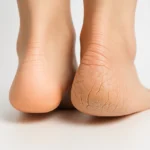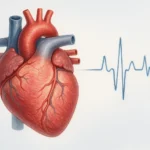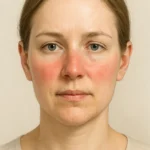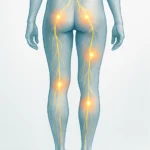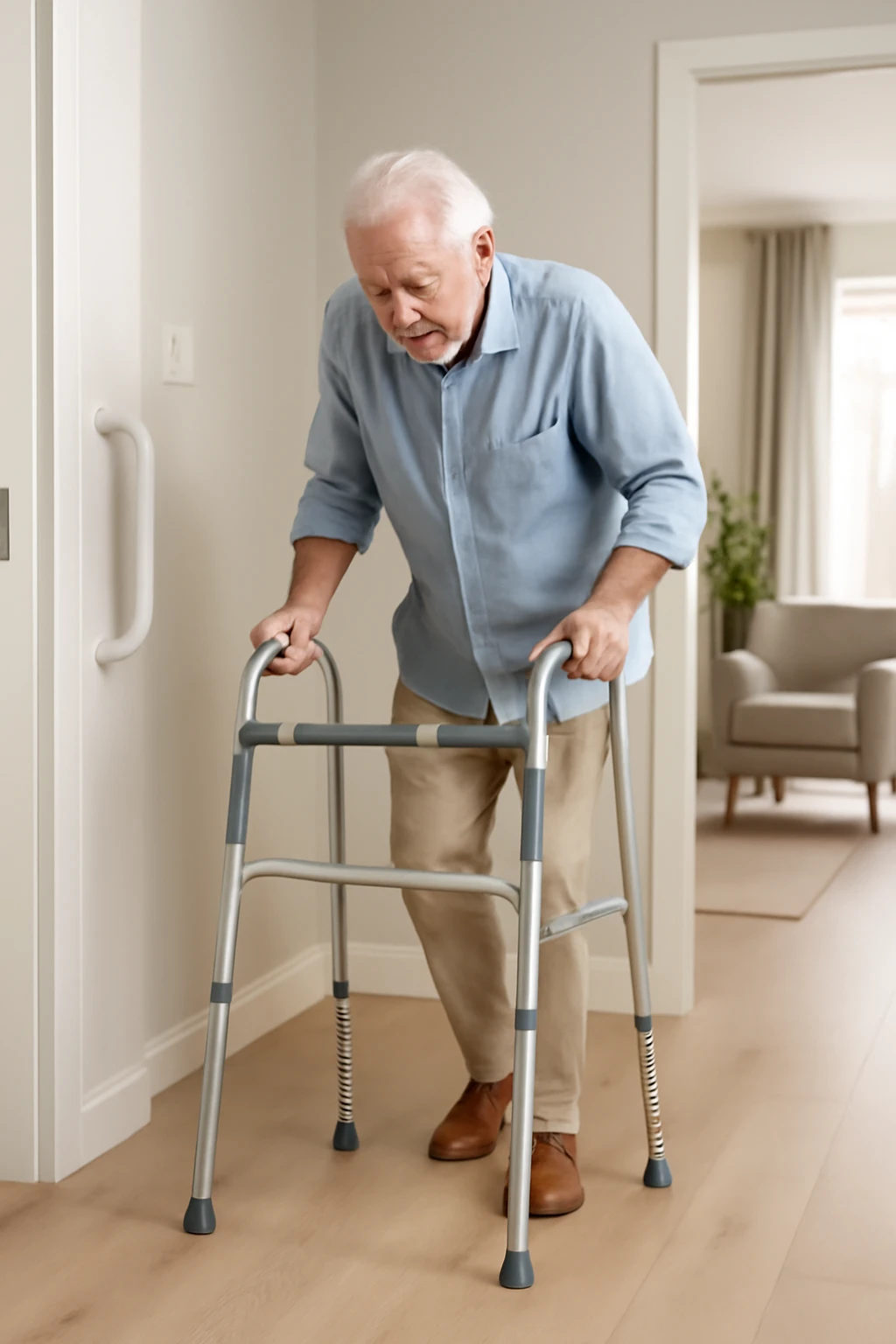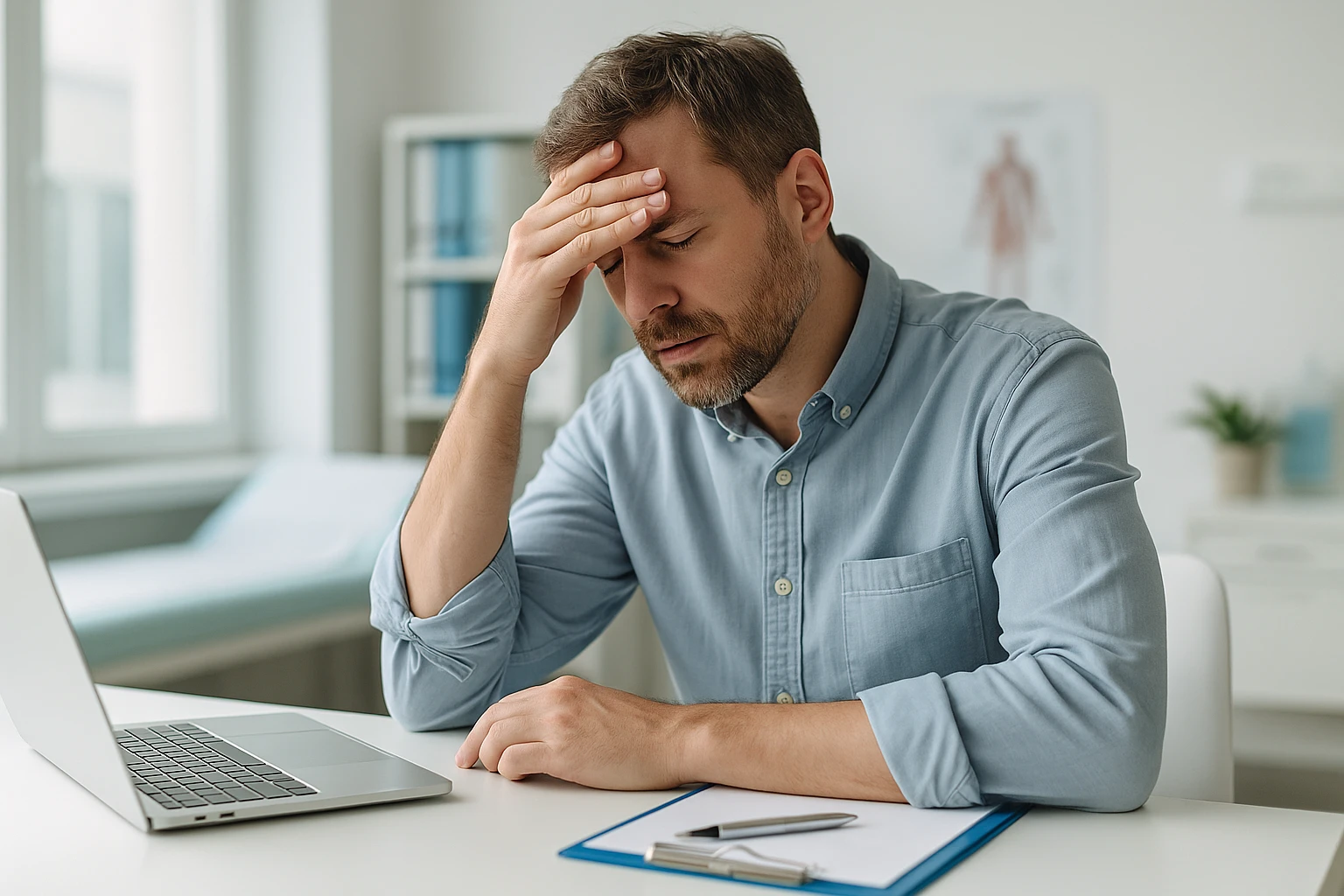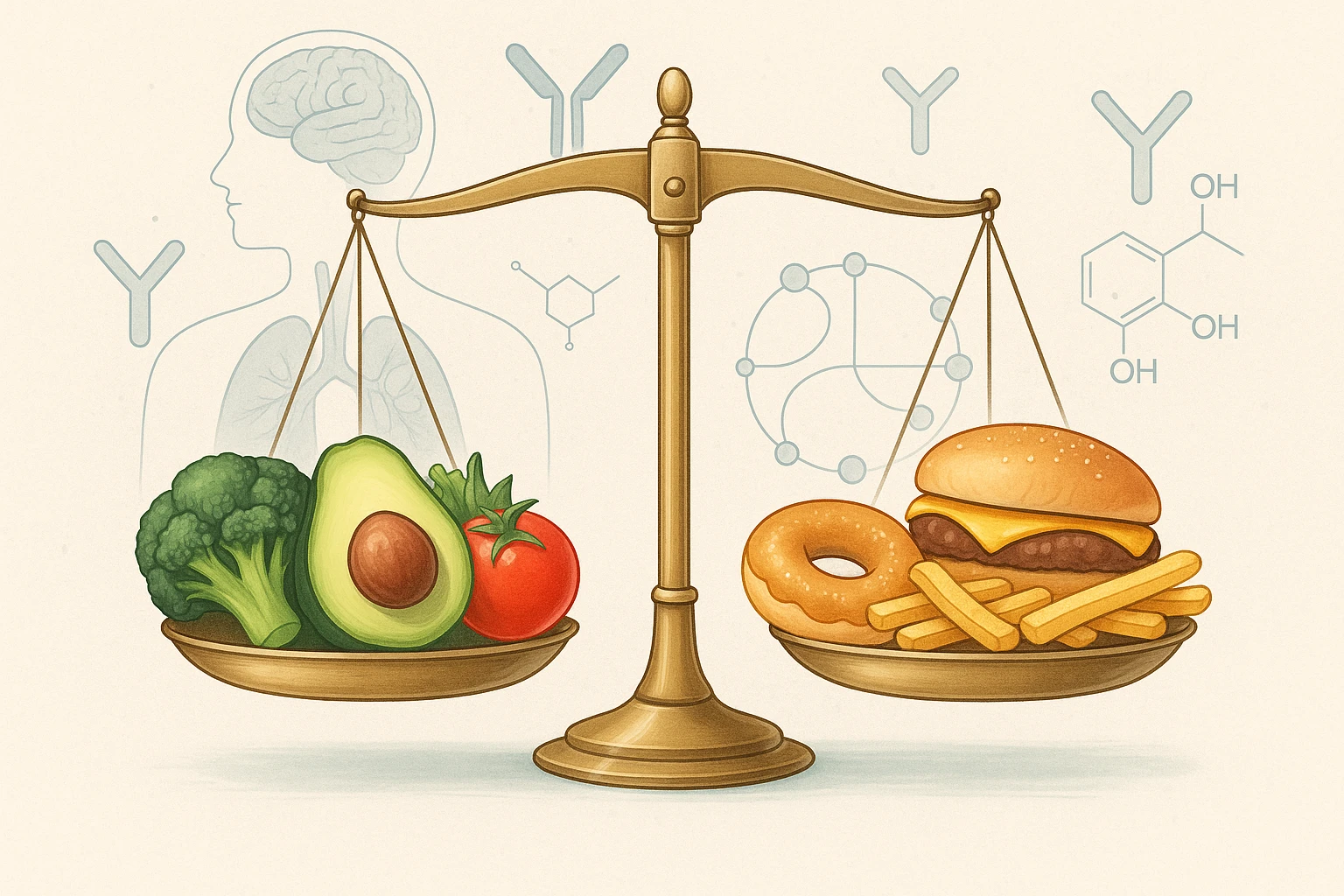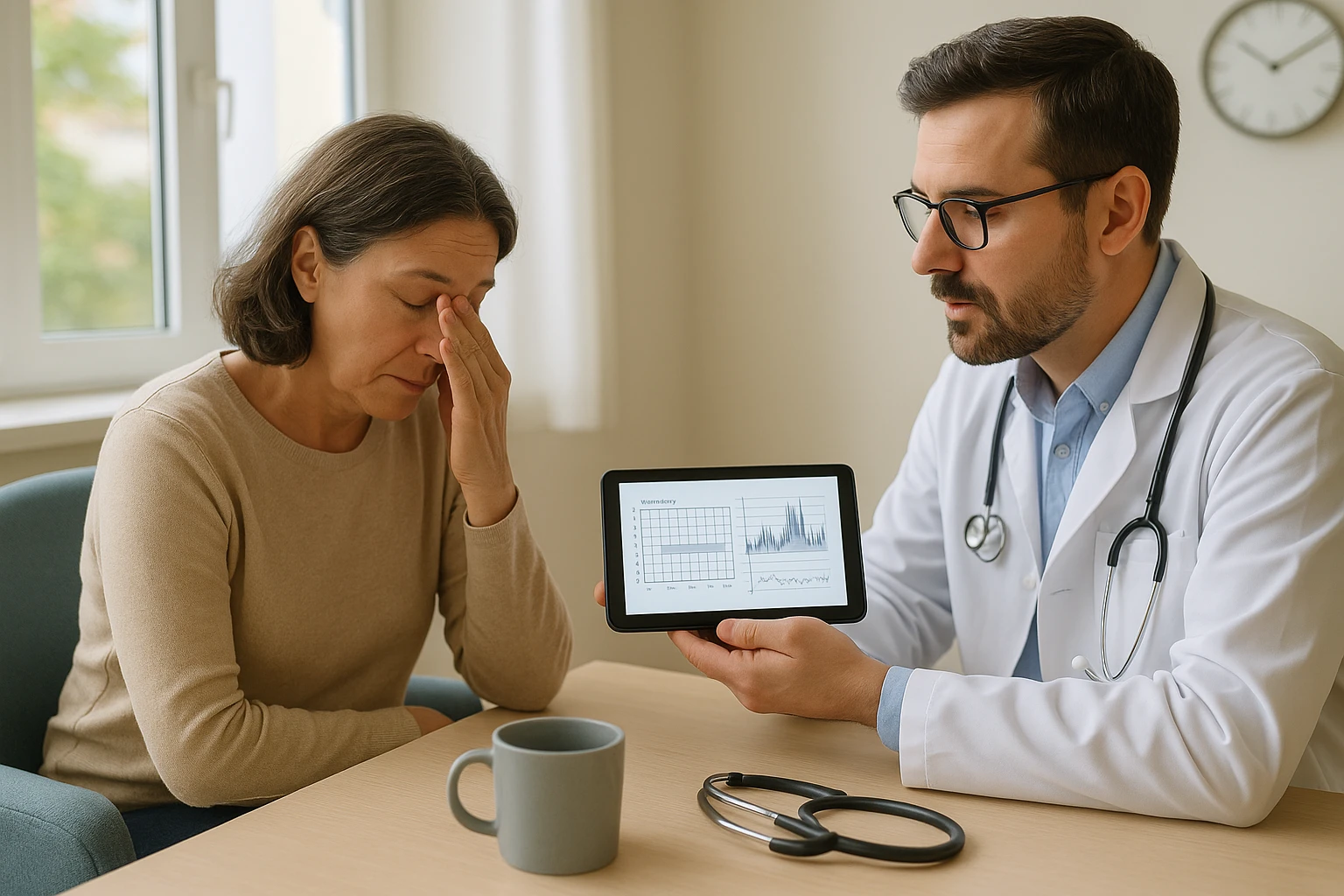
Preventing Falls: Managing Loss of Balance and Its Risks
Loss of Balance: Prevalence and Impact
Balance disorders are increasingly prevalent, especially among older adults. As individuals age, the risk of experiencing balance dysfunction rises significantly, often due to a combination of physical and neurological factors. The prevalence of balance disorders has notably increased in the United States, with a marked rise observed from 2008 to 2016. This growing concern highlights the need for early diagnosis and effective management, as balance disorders are strongly linked to a higher risk of falls and related injuries, which can severely affect the quality of life for many individuals.
Key Impact Areas:
- Increased risk of falls and related injuries
- Potential for long-term disability and loss of independence
- Psychological effects, such as anxiety and depression
- Social isolation due to reduced mobility
Loss of balance can be caused by a variety of factors, ranging from age-related physiological changes to underlying medical conditions. Its impact extends beyond the physical, as balance disorders often lead to psychological distress, social isolation, and reduced independence. Addressing these disorders promptly is crucial to prevent further complications and to enhance the well-being of affected individuals.
Causes of Balance Dysfunction
Balance dysfunction can arise from a variety of factors, often involving complex interactions between the sensory, motor, and central nervous systems. As individuals age, the body undergoes physiological changes that can impair the systems responsible for maintaining equilibrium. Additionally, certain neurological conditions and other health issues can further contribute to balance problems. Understanding these causes is essential for accurate diagnosis and effective management of balance disorders.
Age-Related Changes
As people age, several physiological changes occur that contribute to balance dysfunction. The vestibular system, responsible for detecting motion and maintaining spatial orientation, undergoes a gradual decline with age. This decline reduces the body’s ability to respond to changes in position or motion, leading to dizziness or imbalance. Additionally, proprioception-the sense of body position-becomes less accurate over time, further compromising balance. These changes are particularly impactful in older adults, who may already be at greater risk for falls.
Neurological and Vestibular Pathophysiology
Neurological conditions, such as stroke, multiple sclerosis, and Parkinson’s disease, can significantly impair balance by affecting the brain’s ability to coordinate movement. Damage to the central nervous system disrupts the communication between the brain and the muscles, leading to unsteady gait and poor posture. Vestibular dysfunction, often linked to conditions such as benign paroxysmal positional vertigo (BPPV), is another common cause of balance problems. The inner ear, which houses the vestibular system, can become damaged or disoriented, causing a sensation of dizziness or vertigo.
Other Contributing Factors
In addition to age-related and neurological factors, other health conditions can contribute to balance dysfunction. Musculoskeletal disorders, such as arthritis, can lead to pain and stiffness, making it difficult for individuals to maintain proper posture and movement. Cardiovascular issues, such as low blood pressure or heart arrhythmias, can lead to dizziness when standing up or changing positions. Furthermore, medications-especially those that affect the nervous system or blood pressure-can also contribute to balance problems as a side effect, further complicating diagnosis and treatment.
Clinical Assessment and Diagnosis of Balance Disorders
Diagnosing balance disorders requires a comprehensive clinical assessment to identify the underlying causes and determine appropriate management strategies. This process includes a detailed history, physical examination, and the use of validated diagnostic tools. A well-structured assessment helps clinicians determine whether the balance dysfunction is caused by age-related changes, neurological conditions, or other factors, enabling targeted interventions to prevent falls and other complications.
History and Physical Examination
A thorough history and physical examination are essential in diagnosing balance disorders. The history should focus on the onset, duration, and nature of the symptoms, such as dizziness, vertigo, or unsteadiness. It is important to inquire about any past medical conditions, medications, and family history of balance issues or neurological disorders. The physical examination should assess gait, posture, and muscle strength, as well as evaluate for signs of neurological deficits, such as weakness or sensory loss. This step is crucial in identifying any underlying conditions that may contribute to balance problems.
Assessment Tools
Several clinical tools are available to assess balance dysfunction and fall risk, especially in older adults. These tools include standardized questionnaires and objective tests designed to measure stability and identify risk factors. For example:
- Berg Balance Scale (BBS): Assesses functional balance and mobility.
- Timed Up and Go (TUG) test: Evaluates mobility and fall risk by timing the patient’s ability to rise from a chair, walk, and return.
- Computerized dynamic posturography (CDP): Provides insights into sensory and motor components of balance.
- Vestibular function tests: Measure inner ear and brainstem activity related to balance.
Using these tools in conjunction with the clinical evaluation allows for a more accurate diagnosis and tailored management plan.
Management and Prevention Strategies for Balance Disorders
Managing balance disorders requires a personalized approach based on the underlying cause, which may involve physical therapy, lifestyle modifications, and pharmacological treatments. In addition, preventive measures, including fall risk assessments and environmental modifications, are essential in reducing the risk of falls and improving the overall well-being of individuals with balance dysfunction.
Tailored Management Approaches
Management strategies should be tailored to address the specific cause of balance dysfunction. For example, individuals with age-related decline in vestibular function may benefit from vestibular rehabilitation therapy (VRT), which focuses on exercises designed to improve balance and coordination. Lifestyle modifications, such as regular physical activity, proper hydration, and a balanced diet, can also contribute to maintaining or improving balance. In many cases, physical therapy plays a crucial role in strengthening muscles and improving posture, which are vital for maintaining stability and reducing the risk of falls.
Pharmacological Interventions
Pharmacological interventions may be necessary for managing specific causes of balance dysfunction. Vestibular suppressants, such as antihistamines and benzodiazepines, are commonly used to alleviate dizziness and vertigo associated with conditions like benign paroxysmal positional vertigo (BPPV). Additionally, medications for cardiovascular conditions, such as blood pressure medications or beta-blockers, can help manage symptoms of dizziness caused by hypotension or arrhythmias. It is important to consider the potential side effects of medications, as they may contribute to further balance issues, particularly in older adults.
Fall Risk Reduction and Environmental Modifications
Preventive care plays a significant role in managing balance disorders, particularly in older adults. Fall risk assessments should be conducted regularly to identify individuals at higher risk of falling. These assessments often involve evaluating mobility, strength, and environmental factors that may contribute to fall risk. Environmental modifications, such as installing grab bars in bathrooms, improving lighting, and removing tripping hazards, can help create a safer living space. Additionally, lifestyle modifications like wearing proper footwear, using assistive devices, and engaging in balance-enhancing exercises, such as tai chi, can further reduce fall risk and enhance overall stability.
Psychiatric Considerations and Quality of Life in Balance Disorders
Balance disorders are not only associated with physical challenges but also with significant psychiatric comorbidities. Anxiety and depression are particularly common among individuals with balance dysfunction, and these conditions can exacerbate the physical symptoms, creating a negative feedback loop. Addressing both the physical and mental health aspects of balance disorders is crucial for improving the overall quality of life for affected individuals.
Psychiatric Co-morbidities
Balance disorders can lead to or worsen psychiatric conditions, most notably anxiety and depression. The fear of falling, a common concern for those with loss of balance, can result in heightened anxiety, particularly in older adults. This anxiety can cause individuals to limit their activities, leading to physical deconditioning and a further decline in balance. Depression may also emerge as individuals become more isolated due to their balance issues. The combination of anxiety and depression not only worsens the perception of balance dysfunction but also increases the emotional burden of the condition, making it more challenging to manage effectively.
Impact on Quality of Life
Chronic balance disorders can have a profound impact on an individual’s quality of life. Physical limitations often lead to reduced mobility, resulting in social isolation, loss of independence, and decreased participation in daily activities. The mental toll of living with a balance disorder, including feelings of frustration, embarrassment, and helplessness, can further affect well-being. In older adults, these factors are particularly concerning, as they may lead to increased dependence on others and a diminished sense of self-worth. Addressing both the psychiatric and physical aspects of balance disorders is essential to improving overall well-being and encouraging a more active, engaged life.
- Balance disorders are increasingly common, particularly among older adults.
- The prevalence of balance disorders in U.S. adults rose significantly from 2008 to 2016.
- Balance dysfunction can result from changes in sensory, motor, and central nervous systems.
- Age-related vestibular decline and proprioception loss are key contributors to balance dysfunction.
- A comprehensive clinical evaluation, including history and physical exam, is essential for diagnosing balance disorders.
- Several clinical tools are available to assess balance and fall risk, especially in older adults.
- Management of balance disorders should be tailored to the underlying cause, including physical therapy and lifestyle changes.
- Fall risk assessments and environmental modifications are crucial for reducing fall risk.
- Balance disorders are associated with psychiatric symptoms like anxiety and depression, which may worsen the condition.
Frequently Asked Questions about Loss of Balance
- What are the main causes of balance disorders? Balance disorders can arise from a variety of factors, including age-related changes in the vestibular system, neurological conditions like Parkinson’s disease, and musculoskeletal or cardiovascular issues.
- How are balance disorders diagnosed? Diagnosing balance dysfunction requires a comprehensive clinical evaluation, including a detailed history, physical examination, and specialized assessment tools like the Berg Balance Scale or the Timed Up and Go test.
- Can balance disorders affect mental health? Yes, balance disorders are often linked to psychiatric symptoms like anxiety and depression, which can worsen the physical symptoms and impact quality of life, leading to a negative feedback loop.
- What role does age play in balance dysfunction? Age-related changes, such as vestibular decline and loss of proprioception, are major contributors to balance dysfunction, making older adults more susceptible to falls and related complications.
- How can balance disorders be managed? Management of balance disorders is tailored to the underlying cause and can include physical therapy, lifestyle modifications, and medications. Fall risk assessments and environmental modifications also play a key role in prevention.
